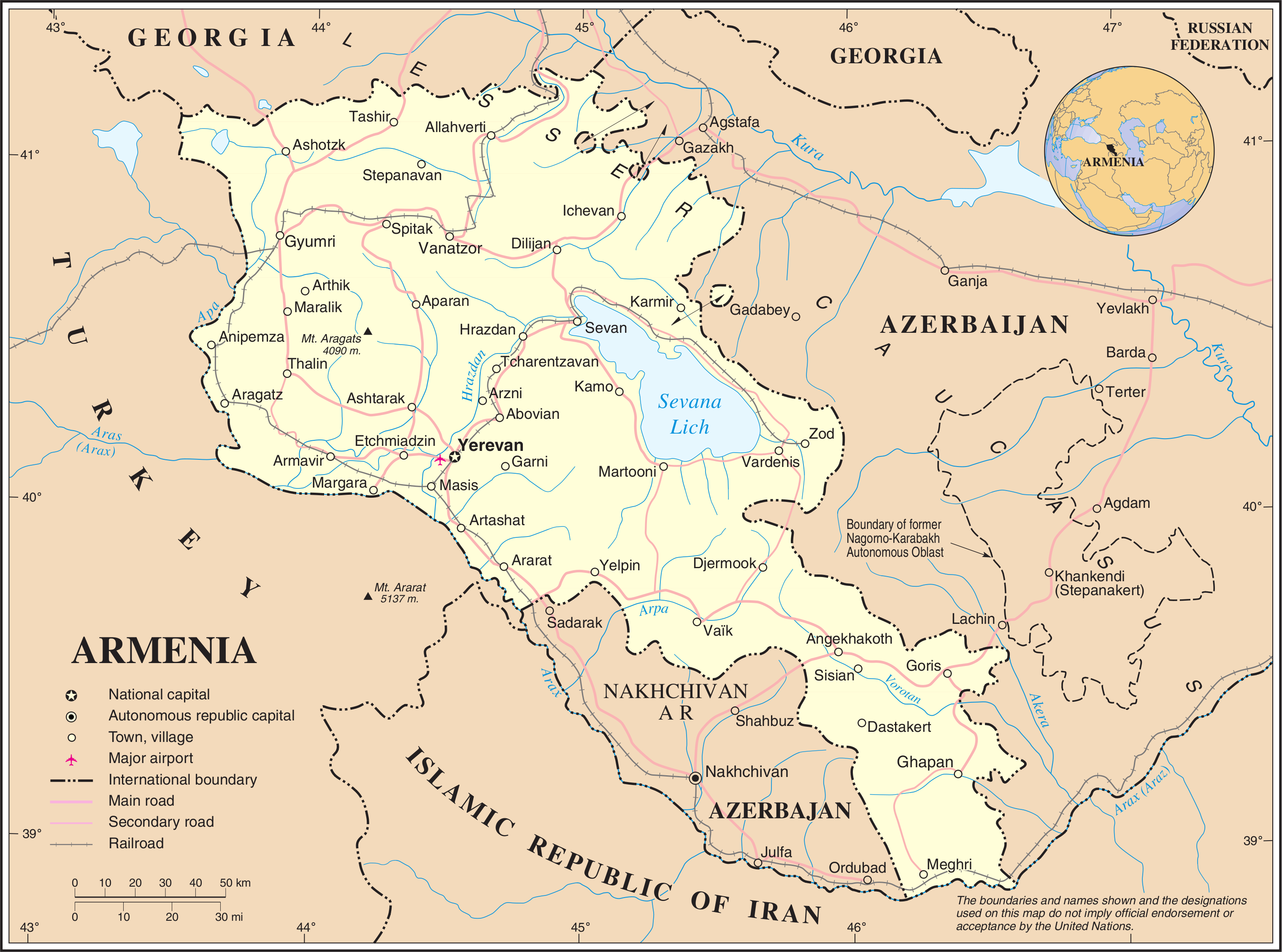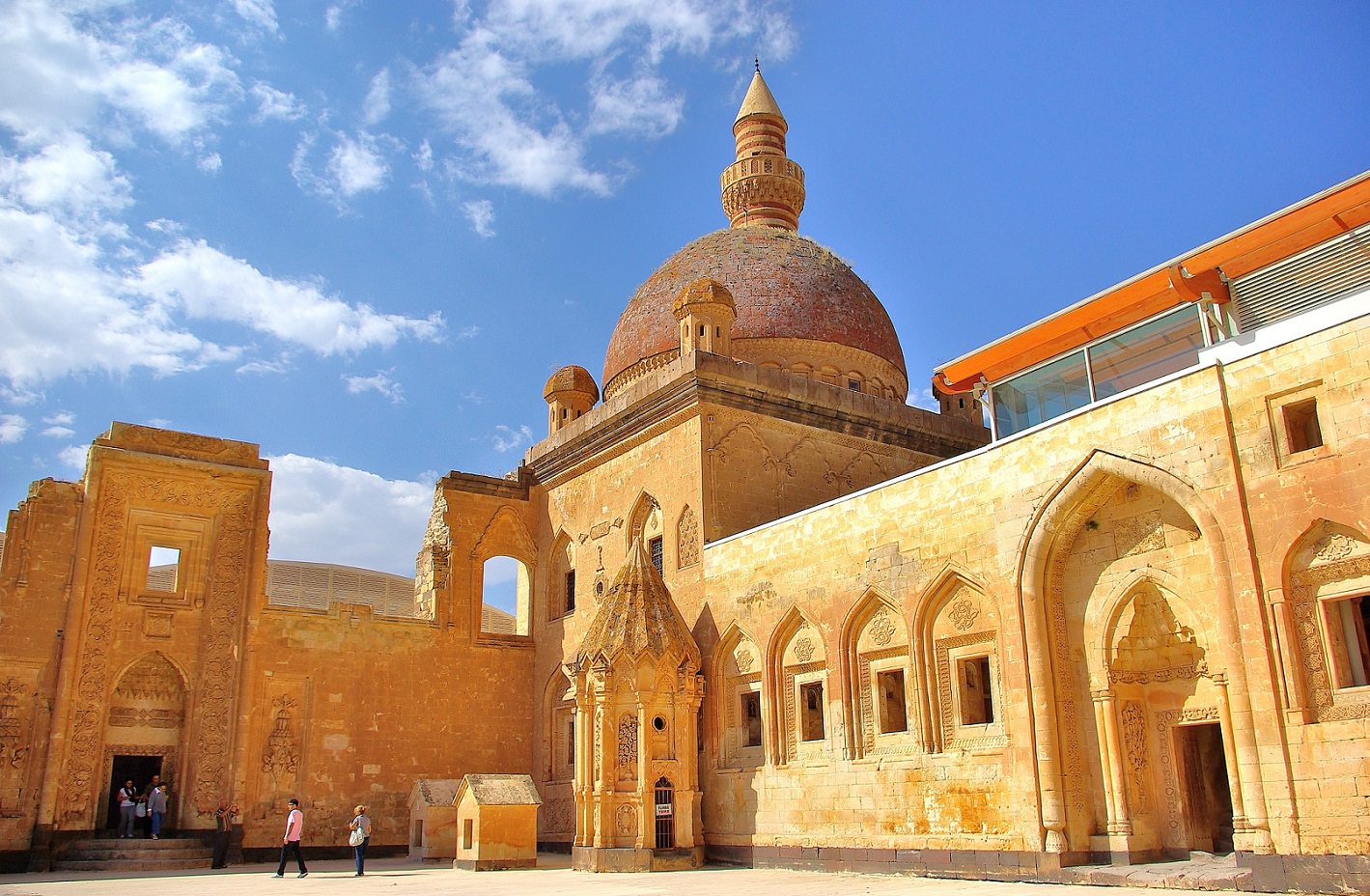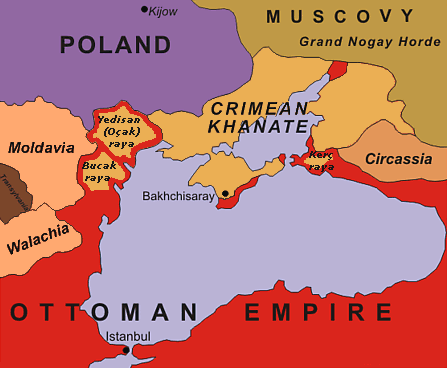|
Armenia–Turkey Border
The Armenia–Turkey border (; ) is 311 km (193 m) in length and runs from the tripoint with Georgia (country), Georgia in the north to the tripoint with Azerbaijan in the south. The land border has been closed since 3 April 1993. The border was protected by guards of the FSB Border Service of Russia, Russian Federal Security Service from 1992 until 2025. The border has been protected by the Armenian Border Guard, Armenian Border Guard Service since 2025. On 9 May 2024, Russian Presidential spokesman Dmitry Peskov announced that Russian border guards will continue to serve on Armenia's borders with Turkey and Armenia–Iran border, Iran, at Armenia's request. On 8 October 2024, Armenian prime minister's spokesperson Nazeli Baghdasaryan announced that the Armenian Border Guard, Armenian border guard troops will participate in protecting Armenia's borders with Turkey and Armenia–Iran border, Iran, together with the FSB Border Service of Russia, Russian border guard troops, s ... [...More Info...] [...Related Items...] OR: [Wikipedia] [Google] [Baidu] |
Qajar Iran
The Guarded Domains of Iran, alternatively the Sublime State of Iran and commonly called Qajar Iran, Qajar Persia or the Qajar Empire, was the Iranian state under the rule of the Qajar dynasty, which was of Turkic peoples, Turkic origin,Cyrus Ghani. ''Iran and the Rise of the Reza Shah: From Qajar Collapse to Pahlavi Power'', I. B. Tauris, 2000, , p. 1William Bayne Fisher. ''Cambridge History of Iran'', Cambridge University Press, 1993, p. 344, Dr Parviz Kambin, ''A History of the Iranian Plateau: Rise and Fall of an Empire'', Universe, 2011, p.36online edition specifically from the Qajar (tribe), Qajar tribe, from 1789 to 1925. The Qajar family played a pivotal role in the Unification of Iran (1779–1796), deposing Lotf 'Ali Khan, the last Shah of the Zand dynasty, and re-asserted Iranian sovereignty over large parts of the Caucasus. In 1796, Agha Mohammad Khan Qajar seized Mashhad with ease, putting an end to the Afsharid dynasty. He was formally crowned as Shah after his Batt ... [...More Info...] [...Related Items...] OR: [Wikipedia] [Google] [Baidu] |
Eleşkirt
Eleşkirt () is a town of Ağrı Province in Turkey. It is the seat of Eleşkirt District.İlçe Belediyesi Turkey Civil Administration Departments Inventory. Retrieved 12 January 2023. Its population is 10,191 (2021). Its name is a transference from Alashkert (), the valley's former administrative centre but now a village known as Toprakkale. It was known as ''Vagharshakert'' in medieval sources. At the time of the Russo-Turkish War of 1877–1878 approximately half of the population consisted of and the rest of |
Doğubayazıt
Doğubayazıt (; or , ) is a town of Ağrı Province of Turkey, near the Iran–Turkey border, border with Iran. Its elevation is 1625 m. It is the seat of Doğubayazıt District. History For most of the periods described here, Doğubayazıt was a bigger and more important settlement than the present-day provincial capital ''Ağrı'', not least because this is the Iranian border crossing. The area has a long history, with monuments dating back to the time of the Urartu, Kingdom of Urartu (over 2700 years ago). Before the Ottoman Empire the site was referred to by its Armenian language, Armenian name Daruynk (written as Դարույնք in Armenian).Edwards, Robert W. (1988). "Bayazit," ''Encyclopaedia Iranica'' III.8, 1988, pp.886-887 . In the 4th century the Sasanians failed to capture the Armenian stronghold and royal treasury at Daroynk. Princes of the Bagratid dynasty of Armenia resided at Daroynk and rebuilt the fortress into its present configuration with multiple ... [...More Info...] [...Related Items...] OR: [Wikipedia] [Google] [Baidu] |
Treaty Of Berlin (1878)
The Treaty of Berlin (formally the Treaty between Austria-Hungary, France, Germany, Great Britain and Ireland, Italy, Russia, and the Ottoman Empire for the Settlement of Affairs in the East) was signed on 13 July 1878. In the aftermath of the Russian Empire, Russian victory against the Ottoman Empire in the Russo-Turkish War of 1877–1878, the European balance of power, major powers restructured the map of the Balkans, Balkan region. They reversed some of the extreme gains claimed by Russia in the preliminary Treaty of San Stefano, but the Ottomans lost their major holdings in Europe. It was one of three major peace agreements in the period after the 1815 Congress of Vienna. It was the final act of the Congress of Berlin (13 June – 13 July 1878) and included the United Kingdom of Great Britain and Ireland, United Kingdom, Austria-Hungary, Third French Republic, France, German Empire, Germany, Kingdom of Italy, Italy, Russia and the Ottoman Empire. Chancellor of Germany Otto vo ... [...More Info...] [...Related Items...] OR: [Wikipedia] [Google] [Baidu] |
Ardahan
Ardahan ( ka, არტაანი, tr; ; Russian: Ардаган) is a city in northeastern Turkey, near the Georgian border. It is the seat of Ardahan Province and Ardahan District.İl Belediyesi Turkey Civil Administration Departments Inventory. Retrieved 12 January 2023. Its population is 22,927 (2021). History Ancient and medieval Ardahan was historically located in the region of Gogarene (), which calls a part of the |
Kars
Kars ( or ; ; ) is a city in northeast Turkey. It is the seat of Kars Province and Kars District.İl Belediyesi , Turkey Civil Administration Departments Inventory. Retrieved 1 March 2023. As of 2022, its population was 91,450. Kars, in classical historiography (Strabo), was in the ancient region known as ''Chorzene'' (), part of the province of Ayrarat in the Kingdom of Armenia (antiquity), Kingdom of Armenia, and later the historic capitals of Armenia, capital of the Bagratid Kingdom of Armenia from 929 to 961. Currently, the mayor of Kars is Ötüken Senger. The city had an Armenians, Armenian ethnic majority until it was re-captured by Turkish National Movement, Turkish nationalist forces in late 1920. Etymology The city's name may derive from the Armenian language, Armenian w ...[...More Info...] [...Related Items...] OR: [Wikipedia] [Google] [Baidu] |
Batumi
Batumi (; ka, ბათუმი ), historically Batum or Batoum, is the List of cities and towns in Georgia (country), second-largest city of Georgia (country), Georgia and the capital of the Autonomous Republic of Adjara, located on the coast of the Black Sea in Georgia's southwest, north of the Georgia-Turkey border, border with Turkey. It is situated in a subtropical zone at the foot of the Caucasus Mountains, Caucasus. Much of Batumi's economy revolves around tourism and gambling (it is nicknamed "The Las Vegas of the Black Sea"), but the city is also an Batumi Seaport, important seaport and includes industries like shipbuilding, food processing and light manufacturing. Since 2010, Batumi has been transformed by the construction of modern high-rise buildings, as well as the restoration of classical 19th-century edifices lining its historic Old Town. History Early history Batumi is located on the site of the ancient Greece, ancient Greek colony in Colchis called "''Bat ... [...More Info...] [...Related Items...] OR: [Wikipedia] [Google] [Baidu] |
Western Armenia
Western Armenia (Western Armenian: Արեւմտեան Հայաստան, ''Arevmdian Hayasdan'') is a term to refer to the western parts of the Armenian highlands located within Turkey (formerly the Ottoman Empire) that comprise the historical homeland of the Armenians. Western Armenia, also referred to as Byzantine Armenia, emerged following the division of Greater Armenia between the Byzantine Empire (Western Armenia) and Sassanid Persia ( Eastern Armenia) in AD 387. Since the Armenian genocide, the Armenian diaspora as well as Armenians indigenous to modern Turkey have sought political representation in Western Armenia or reunification with the Republic of Armenia. The area was conquered by the Ottomans in the 16th century during the Ottoman–Safavid War (1532–1555) against their Iranian Safavid arch-rivals. Being passed on from the former to the latter, Ottoman rule over the region became only decisive after the Ottoman–Safavid War of 1623–1639. The area th ... [...More Info...] [...Related Items...] OR: [Wikipedia] [Google] [Baidu] |
Russo-Turkish War (1877–1878)
The Russo-Turkish War (1877–1878) was a conflict between the Ottoman Empire and a coalition led by the Russian Empire which included United Principalities of Moldavia and Wallachia, Romania, Principality of Serbia, Serbia, and Principality of Montenegro, Montenegro. Precipitating factors included the Russian goals of recovering territorial losses endured during the Crimean War of 1853–1856, re-establishing itself in the Black Sea and supporting the political movement attempting to free Balkan nations from the Ottoman Empire. The Romanian army had around 114,000 soldiers in the war. In Romania the war is called the Russo-Romanian-Turkish War (1877–1878) or the Romanian War of Independence, Romanian War of Independence (1877–1878). The Russian-led coalition won the war, pushing the Ottomans back all the way to the gates of Constantinople, leading to the intervention of the Western European great powers. As a result, Russia succeeded in claiming provinces in the Caucasus, n ... [...More Info...] [...Related Items...] OR: [Wikipedia] [Google] [Baidu] |
Treaty Of San Stefano
The 1878 Preliminary Treaty of San Stefano (; Peace of San-Stefano, ; Peace treaty of San-Stefano, or ) was a treaty between the Russian and Ottoman empires at the conclusion of the Russo-Turkish War of 1877–1878. It was signed at San Stefano, then a village west of Constantinople (present-day Istanbul), on by Count Nicholas Pavlovich Ignatiev and Aleksandr Nelidov on behalf of the Russian Empire and by Foreign Minister Saffet Pasha and Ambassador to Germany Sadullah Bey on behalf of the Ottoman Empire. According to the official Russian position, by signing the treaty, Russia had never intended anything more than a temporary rough draft, so as to enable a final settlement with the other Great Powers. The treaty provided for the establishment of an autonomous Principality of Bulgaria following almost 500 years of Ottoman rule in the Bulgarian lands. Bulgarians celebrate the day the treaty was signed, , as Liberation Day. However, the enlarged Bulgaria envisioned by t ... [...More Info...] [...Related Items...] OR: [Wikipedia] [Google] [Baidu] |
Russo-Turkish War (1828–29)
The Russo-Turkish wars ( ), or the Russo-Ottoman wars (), began in 1568 and continued intermittently until 1918. They consisted of twelve conflicts in total, making them one of the longest series of wars in the history of Europe. All but four of these wars ended in losses for the Ottoman Empire, which was undergoing a period of Stagnation of the Ottoman Empire, stagnation and Decline of the Ottoman Empire, decline. Conversely, they showcased the ascendancy of the Russian Empire as a significant European power after Peter the Great oversaw extensive modernization efforts in the early 18th century. Ultimately, however, the end of the Russo-Turkish wars came about with the dissolution of the two belligerents' respective states as a consequence of World War I: the Russian Civil War, Russian Empire collapsed in 1917 and was ultimately succeeded by the Soviet Union, Union of Soviet Socialist Republics in 1922; while the Partition of the Ottoman Empire, Ottoman Empire was partitioned betw ... [...More Info...] [...Related Items...] OR: [Wikipedia] [Google] [Baidu] |







